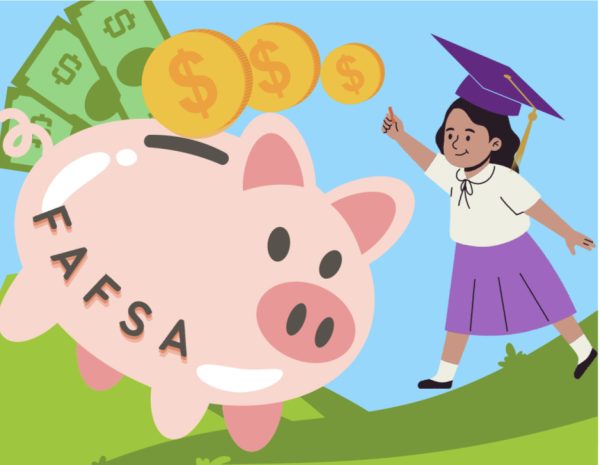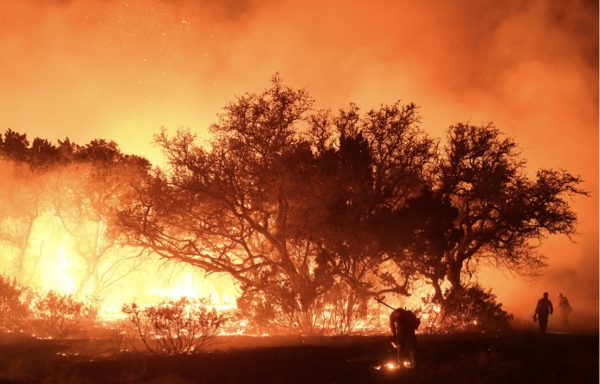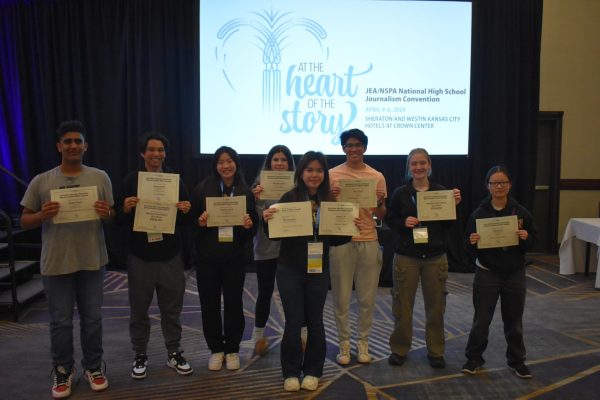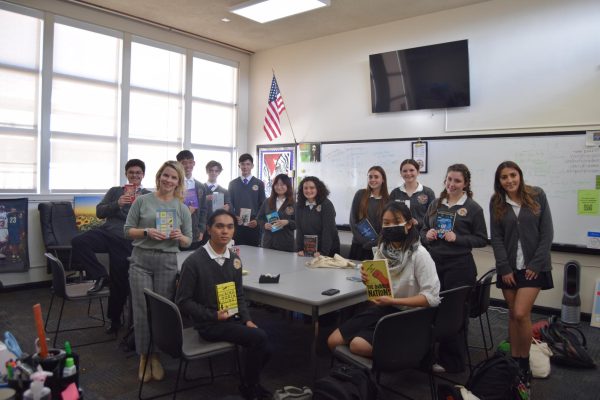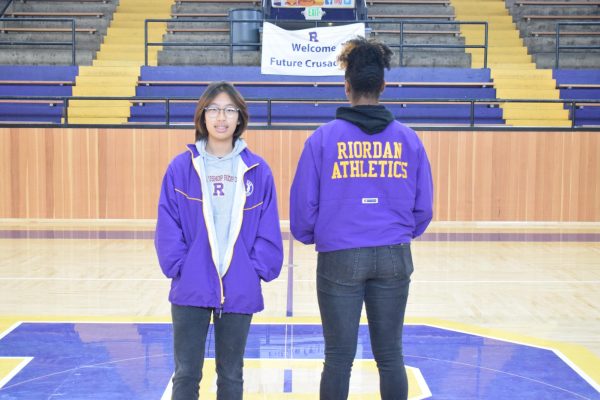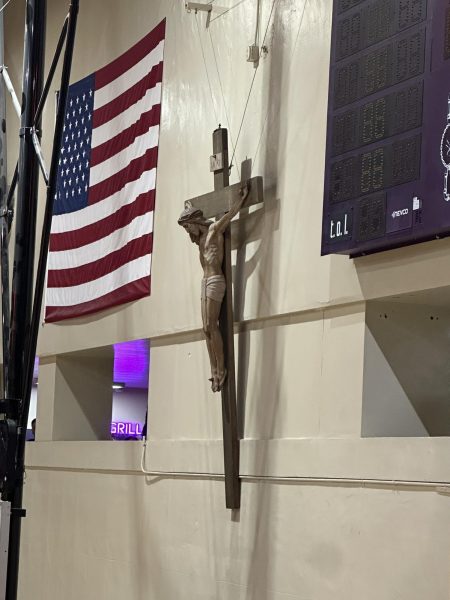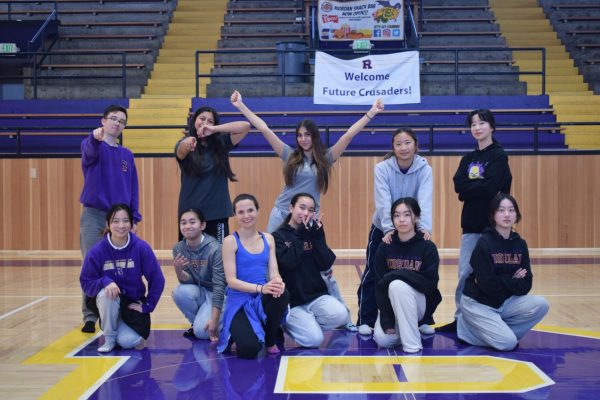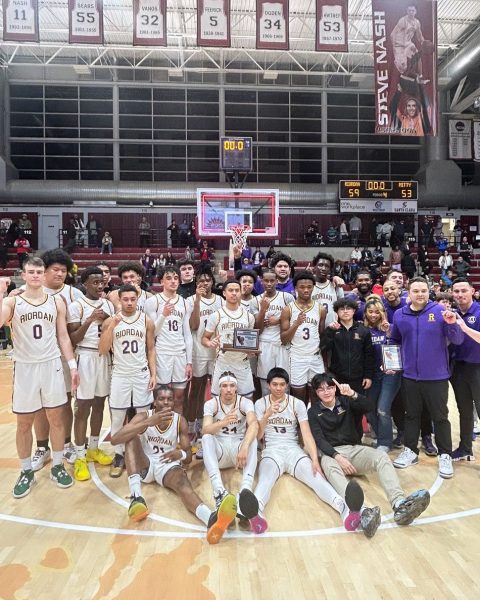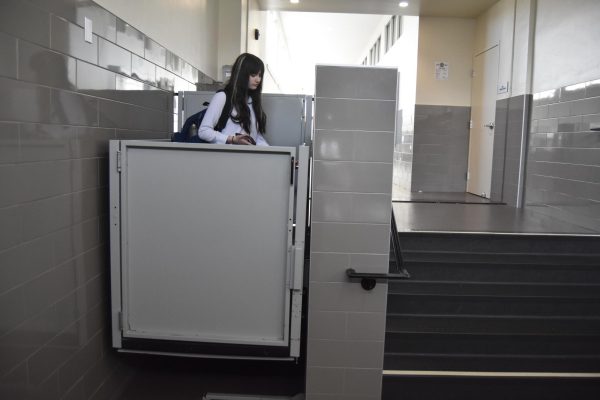George Washington mural spurs protest, ballot measure
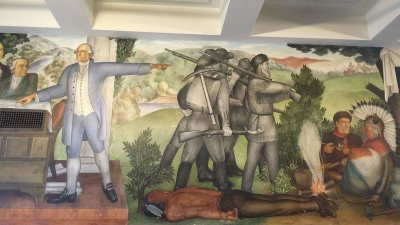
Iker Bautista ’22, Washington High School
The mural of George Washington is under scrutiny for its depiction of Native Americans and slaves.
October 28, 2019
The George Washington mural in George Washington High School has stirred a lot of controversy. In the past few months, the San Francisco school board voted to cover, but not destroy, a mural that depicts the founding father George Washington owning slaves, and the conquest of the Native Americans brought on by colonization of the Americas.
The mural, titled “Life of Washington” was commissioned in 1936 under a New Deal-era art program and painted by Victor Arnautoff. Arnautoff was a Russian-American painter and professor of art.
He worked in San Francisco and the Bay Area from 1925 to 1963, including two decades as a teacher at Stanford University, and was particularly prolific as a muralist during the 1930s. The art has a fresco style. His Washington mural has existed at the school for 83 years.
According to the SFUSD, the cost to paint over the art would cost $600,000. The 13 panel, 1,600-square-foot“Life of Washington” mural depicts, among other things, the nation’s first president with slaves —which Washington owned — and directing settlers westward as they step over the body of a dead Native American.
By a 4-3 vote, lawmakers approved a plan by board president Stevon Cook to save the mural at George Washington High School from being painted over. Back in June, the board voted to paint over the mural, prompting cheers from supporters, and jeers from others.
According to news reports, Paloma Flores, the program coordinator for the district’s Indian Education Program, told the board Native American children continue to face trauma in their daily lives as the community faces issues including disproportionate rates of suicide.
A member of the Pit River Nation, Flores echoed other feelings that the mural evokes pain for African American and Native American students who must walk by it every day to get to class.
“It’s not a matter of censorship, it’s a matter of human right: the right to learn without hostile environments,” Flores said. “Even the best intentions do harm.”
Danny Glover, actor, civil rights activist and Washington High School alumnus disagreed with the decision. He wanted to preserve the art, despite knowing that it made many students uncomfortable. Glover, an African American, said painting over the mural would be government-sanctioned censorship.
In news reports, he said, “To destroy them or block them from view would be akin to book burning. We would be missing the opportunity for enhanced historic introspection that this moment has provided us.”
Despite the controversy, Glover believes that the board’s decision to block the art is removing history.
Virginia Thomas, grandmother of Jamar Kittling ’20 and George Washington High School alumna, Fall Class of 1959, also said, “I think it should remain, and remind people about how it was. We don’t want people to forget… we’re not trying to hide what happened in history.”
Art teacher Irman Arcibal said via email, “Personally, I see the mural as an artwork that is historical in nature. It does not glorify the ways of the past, it teaches about it.”
Arcibal also disagreed with the board about plans to cover it, saying, “I do not think it should be covered. It speaks to the history of what happened in this country and is not something that should be ignored or hidden. Covering it robs viewers of a visual reminder of some things in our collective consciousness that still affect what happens in our world today. It is covering a part of history.”
Arcibal suggested, “The best way to preserve the art is to leave it as is. It should not be covered. The time and money that would be spent on covering it would best be allocated to more pressing educational needs.”
UPDATE
Congratulations to @R_CrusaderNews! "George Washington mural spurs protest, ballot measure" has just been published on Best of SNO! https://t.co/sgiCDrFByX
— Best of SNO (@BestofSNO) October 29, 2019



